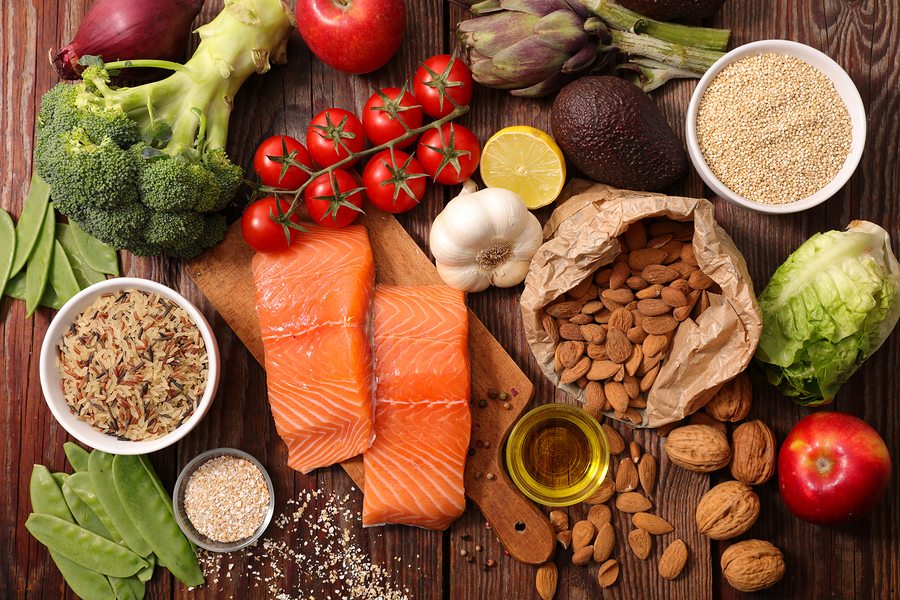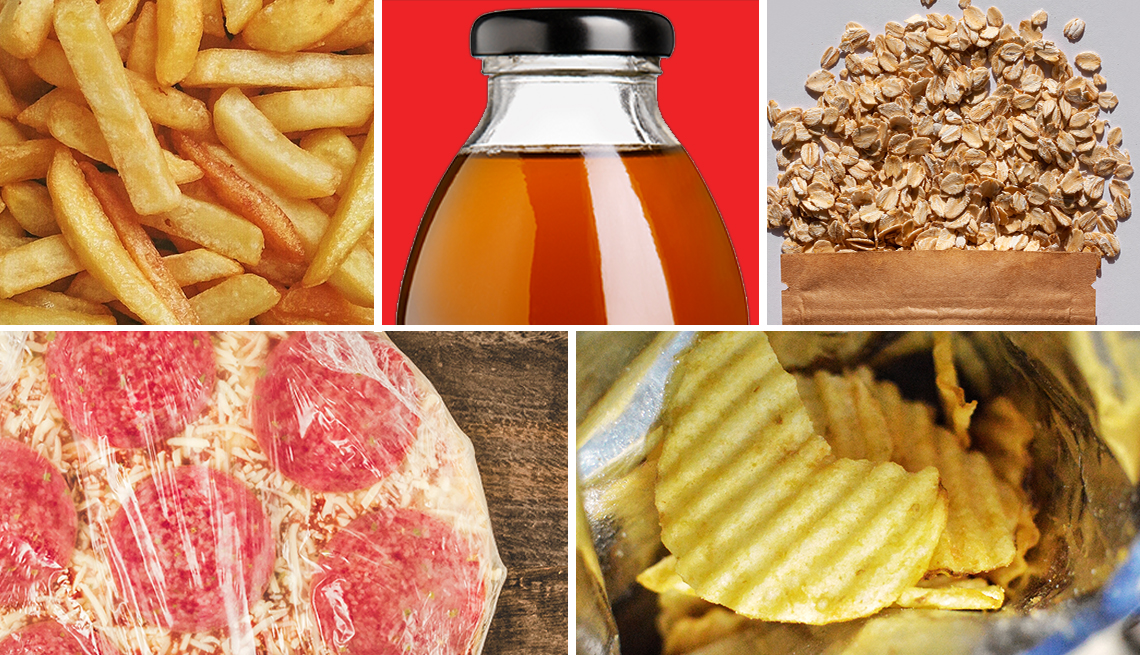
Diabetes patients can choose from a variety of foods. For controlling blood sugar levels, it is important to eat a balanced meal. Legumes have high levels of protein, fiber, as well as high-quality carbohydrate. Soluble fiber can help curb hunger and stabilize blood sugar levels. A recent study showed that legumes reduce type 2 diabetes risk. It also improves blood sugar control.
As a low-carb food, avocados are a great choice for diabetics. Avocados are a healthy source of fiber and healthy fats. Walnuts are especially good for diabetics because they contain high amounts of omega-3s. You should only eat one serving of walnuts. Chickpeas can be eaten, which are high in fiber as well as protein. They are a good source of protein and are a low-carb snack, as they contain a large amount of dietary fibre.
Although most people dislike the taste of spinach it is good for you. For added fiber, you can mix the skin with other vegetables if you don't want to eat it. You can cook them and serve them as part of a meal. Mixing quinoa into your favorite soup, smoothie or stew will give you an additional boost of protein.

A diabetic can also enjoy Greek yogurt as a snack. Greek yogurt is safe for breakfast or snack as it only contains six to eight g of starchy vegetables. Some brands may contain added sugar so make sure you read the label. A yogurt is fine, but you can also eat fruit in moderation (berries and cherries included). Flax seeds are high in lignans, which reduce heart disease risk and improve insulin sensitivity.
Sweet potatoes are a good source of lean protein and high in fiber. You can also cook sweet potatoes and enjoy them as a snack. Sweet potatoes, despite being high in carbohydrates, are low in sugar. They are great side dishes to lean protein and vegetables. They are also rich in magnesium, which can lower the risk of developing diabetes and prevent stroke. They are one of the best foods for diabetics.
A wide range of fruits, vegetables and other foods are high in antioxidants. They can be used in salads and smoothies and are low in glycemic index. Greek yogurt can be used in salads and yogurts, as well as berries. They can be used in place of yogurt. You can even use them in smoothies. Use them to enhance the flavour of your desserts while making fruit salads.
Diabetic diets must be balanced. Ideal diabetic diets should have low levels of sugar and high levels of trans fats. Instead of fat, they should be rich in fiber, protein, and fiber. A diabetic diet should not only be made up of whole grains but also fruits and vegetables. Healthy fats are an important part of a diabetic diet. You can get the benefits of these foods from these sources.

Healthy eating habits for diabetics include plenty of fruits, vegetables, and whole grains. The best types of fruits and vegetables are ripe, fresh, and organic. Low-calorie foods are best for diabetics. There are many methods to include fruits and vegetable into your daily routine. You can also eat nuts every single day. These are delicious, healthy foods that diabetics can enjoy. Be careful with your sugar intake to avoid diabetes.
Greek yogurt is another healthy option for diabetics. It is very high in fiber, and has very little carbohydrate. It can be eaten as a snack or as part of a savory recipe. A wide range of whole grains are also included in this recipe. They are high in fiber and low-calorie foods. Because they are low in sugar, whole-grain breads can be the best food for diabetics. These breads and pastas are also a good source of fiber.
FAQ
How much should I weight for my height and age? BMI calculator & chart
A body mass index calculator (BMI) is the best way to find out how much weight you should lose. Healthy BMI ranges between 18.5 to 24.9. Aim to lose 10 pounds per month if your goal is to lose weight. Enter your height and weight to calculate your BMI.
To see if you're overweight or obese, check out this BMI chart.
What are 10 healthy habits you can adopt?
-
Have breakfast every day.
-
Don't skip meals.
-
You should eat a balanced diet.
-
Get lots of water.
-
Take care of yourself.
-
Get enough sleep.
-
Avoid junk foods.
-
Get at least one form of exercise each day.
-
Have fun
-
Make new friends
What is the difference in calorie and kilocalories?
Calories are units that measure how much food has energy. Calories are the unit of measurement. One calorie represents the energy required to raise one gram of water's temperature by one degree Celsius.
Kilocalories can also be used to refer to calories. Kilocalories equal one thousandth of a calorie. 1000 calories, for example, equals one kilocalorie.
What are the ten best foods to eat in America?
These are the 10 best foods to try:
-
Avocados
-
Berries
-
Broccoli
-
Cauliflower
-
Eggs
-
Fish
-
Grains
-
Nuts
-
Oats
-
Salmon
Statistics
- nutrients.[17]X Research sourceWhole grains to try include: 100% whole wheat pasta and bread, brown rice, whole grain oats, farro, millet, quinoa, and barley. (wikihow.com)
- Extra virgin olive oil may benefit heart health, as people who consume it have a lower risk for dying from heart attacks and strokes according to some evidence (57Trusted Source (healthline.com)
- According to the 2020 Dietary Guidelines for Americans, a balanced diet high in fruits and vegetables, lean protein, low-fat dairy and whole grains is needed for optimal energy. (mayoclinichealthsystem.org)
- In both adults and children, the intake of free sugars should be reduced to less than 10% of total energy intake. (who.int)
External Links
How To
What does the "vitamins” word mean?
Vitamins are organic substances found naturally in food. Vitamins are essential for our bodies to absorb nutrients from the foods we eat. Vitamins cannot be produced by the body. They must be acquired from food.
There are two types of vitamins: water soluble and fat soluble. Water soluble vitamins dissolve easily in water. Some examples include vitamin C,B1 and B2 vitamins (thiamine), B2 and riboflavin, B3 and B6 vitamins (niacin), folic acids, biotin, pantothenic acids, and cholesterol. The liver and fat soluble vitamins are stored within the liver and in fatty tissue. Examples include vitamin D, E, K, A, and beta carotene.
Vitamins are classified according to their biological activity. There are eight major types of vitamins:
-
A - essential for normal growth and maintenance of health.
-
C is important for nerve function and energy production.
-
D – Essential for healthy teeth, bones and joints
-
E - needed for good vision and reproduction.
-
K – Required for healthy nerves & muscles.
-
P – vital for building strong bones.
-
Q – aids digestion of iron and iron absorption
-
R - Red blood cells are made from red blood cells.
The recommended daily intake (RDA), of vitamins varies with age, gender and physical condition. The U.S. Food and Drug Administration sets RDA values.
For adults over 19 years, the RDA is 400 mg per day for vitamin A. For fetal development, pregnant women need 600 mg per day. Children ages 1-8 require 900 micrograms per day. Babies under one-year old require 700 mg per day. Between 9 and 12 years of age, however, this drops to 500 mg per day.
Children aged between 1-18 years require 800 micrograms of sugar per day, while overweight children need 1000 micrograms. Children who are underweight receive 1200 micrograms every day to meet their nutritional requirements.
Children ages 4-8 years who have been diagnosed with anemia need 2200 micrograms per day of vitamin C.
2000 micrograms is the minimum daily intake for adults over 50 years old to maintain good health. Because of their higher nutrient needs, women who are pregnant or nursing need 3000 mg per day.
1500 micrograms is the recommended daily intake for adults aged 70+, who lose approximately 10% of muscle each year.
Women who are pregnant or lactating need more than the RDA. Pregnant women require 4000 micrograms daily during pregnancy, and 2500 micrograms every day after birth. Breastfeeding mothers need to consume 5000 micrograms every day when breastmilk has been produced.